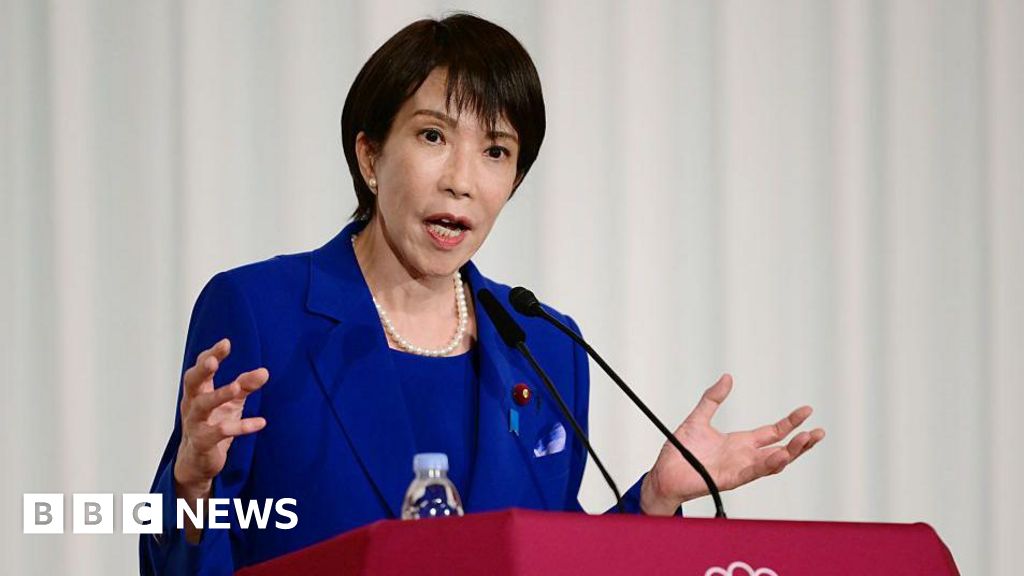Sanae Takaichi Leads Japan's LDP as Nikkei Surges to Record High

Introduction to Sanae Takaichi
Sanae Takaichi's election as the leader of Japan's Liberal Democratic Party (LDP) has sent waves of excitement through the financial markets. As the first female leader of the LDP, Takaichi's victory has been welcomed by investors, contributing to a record high for the Nikkei 225 index. This milestone marks a significant shift in Japanese politics and could have profound implications for the country's economic policies.
Market Reaction
The Nikkei 225's surge above 47,000 reflects investor optimism about Takaichi's pro-business stance. Her leadership is seen as a positive factor for economic growth, as she is expected to implement policies that support business interests and stimulate economic development.
Future Implications
This development could lead to increased investment and economic activity in Japan. Takaichi's leadership might also influence Japan's international relations and domestic policies, potentially shaping the country's future economic trajectory in meaningful ways.
About the Organizations Mentioned
Liberal Democratic Party
## Overview The Liberal Democratic Party (LDP; Jiyū-Minshutō) is Japan’s largest and most influential political party, having dominated the country’s political landscape for nearly seven decades since its founding in 1955[1][5][7]. As a conservative to moderate force, the LDP has shaped Japan’s post-war recovery, guided its transformation into a global economic powerhouse, and maintained a steadfast alliance with the United States[2][4][7]. The party’s broad appeal—encompassing both nationalist and progressive factions—allows it to adapt to shifting political and economic climates, much like major U.S. parties[4]. ## What the Organization Does The LDP’s core mission is to promote economic growth, national security, and social stability through policies that favor business, low taxes, and government support for industry[4][5]. It prioritizes a close relationship with the U.S., advocates for export-driven growth, and has historically resisted sweeping social reforms such as the legalization of same-sex marriage[1]. The party also supports constitutional revision to expand Japan’s military role internationally, reflecting evolving national security priorities[4]. ## History Formed in 1955 through the merger of the Liberal Party and the Japan Democratic Party, the LDP was created to counter the rising influence of socialist parties[3][6]. It quickly established itself as the dominant political force, overseeing Japan’s remarkable post-war economic recovery and industrialization[7]. The LDP’s uninterrupted rule from 1955 to 1993 was punctuated only by brief opposition-led governments in 1993–94 and 2009–12[2][7]. Its longevity is attributed not only to policy successes but also to a robust political machine built on patronage and close ties with business and agricultural interests[6]. ## Key Achievements Under LDP leadership, Japan became the world’s second-largest economy by the 198







